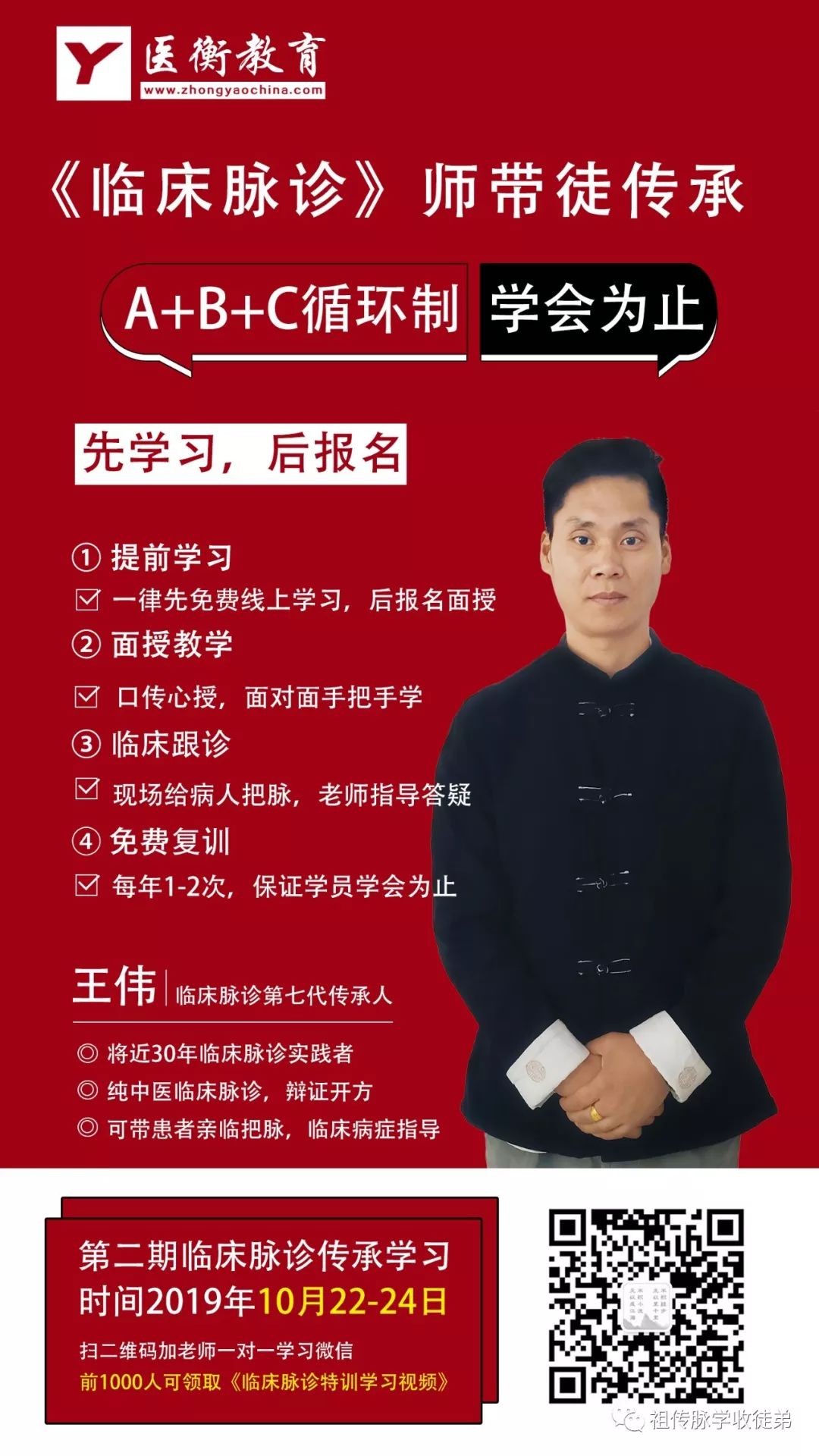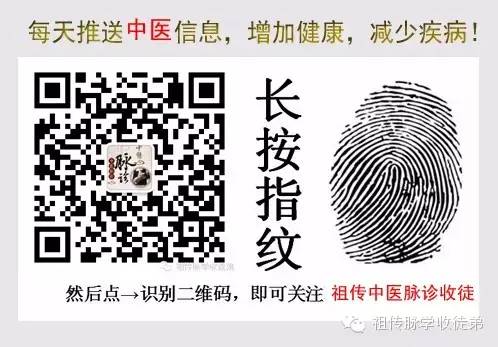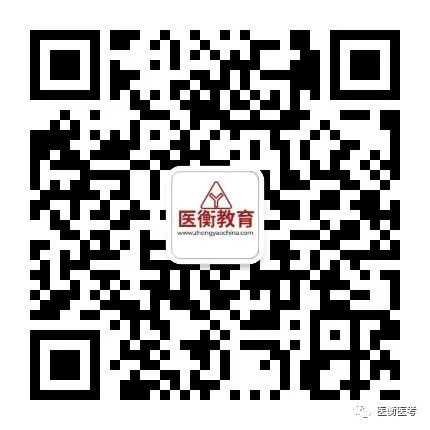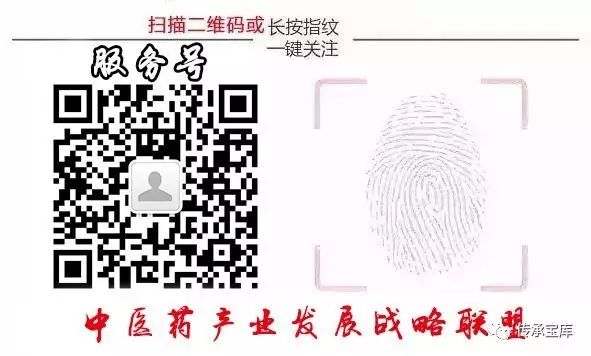For thousands of years, Traditional Chinese Medicine (TCM) has diagnosed illnesses like an examination. The patient extends their hand before the doctor, who checks the pulse on the left and right wrists, examines the tongue coating, and repeatedly inquires about the patient’s symptoms and feelings. Then, the doctor articulates the patient’s condition clearly. If the patient is convinced, the examination is deemed successful. How does the doctor determine the condition through pulse diagnosis?
First, the doctor feels the pulse’s position; some pulses can be felt lightly, while others require more pressure, distinguishing between fu mai (floating pulse) and chen mai (deep pulse).
The second point is the pulse’s strength; a strong pulse is termed shi mai (full pulse), while a weak pulse is referred to as xū mai (deficient pulse).
The third point is the pulse’s frequency; in healthy individuals, the pulse should beat four times with each breath. Fewer than four beats indicate chi mai (slow pulse), while more than five but fewer than seven beats indicate shù mai (rapid pulse).
The fourth point is the pulse’s tension; if pressed, it feels strong and hard like a string, termed xian mai (string-like pulse). If it feels relaxed and soft, it is termed huan mai (slack pulse).
The fifth point is the pulse’s uniformity; whether the rhythm is even, and whether the strength and size are consistent. An uneven rhythm may indicate cuo mai (intermittent pulse), jie mai (knotted pulse), or dai mai (regularly intermittent pulse), while inconsistent strength and size may indicate wei mai (minute pulse) or san mai (scattered pulse).
The sixth point is the pulse’s smoothness, which refers to the fluidity of the pulse’s flow. A smooth pulse is termed hua mai (slippery pulse), while a rough pulse is termed se mai (rough pulse).
The seventh point is the pulse’s length, which refers to the axial range of the pulse that can be felt by the fingers, categorized as chang mai (long pulse) and duan mai (short pulse).
The eighth point is the pulse’s width, which refers to the radial range of the pulse that can be felt by the fingers, categorized as da mai (wide pulse) and xi mai (thin pulse).

TCM Pulse Diagnosis Mnemonic:
Pulse theory requires careful attention; the three methods and four types must be memorized. Human pulse is difficult; diligent practice is necessary. Observing form and distinguishing signs is not easy. Floating, deep, slow, and rapid pulses are the middle ground. Expanding knowledge of each pulse’s true message is essential before diagnosis. Avoid new practitioners who do not understand pulse diagnosis; the essence lies in consistent practice and careful observation.
Fu Mai: Lightly felt, not pressed; floating pulse drifts above the flesh. Like a sail on water, it is uncertain. In the middle of the floating pulse, careful examination reveals strength against wind indicates a full condition, while lack of spirit and strength indicates a deficient condition. The floating pulse has seven variations (floating tight, floating slack, floating slippery, floating rapid, floating slow, floating deficient, floating surging), which require experience to understand.
Hong Mai: The surging pulse fills the fingers like waves, strong upon arrival and natural upon departure. The surging pulse indicates excess Yang, especially in summer, but is not simply a sign of fire.
Shi Mai: The full pulse is strong and long, indicating a robust condition. New illnesses indicate excess fire, while chronic conditions may indicate Qi stagnation.
Chang Mai: The long pulse extends beyond its normal position, weakly resembling a long rod. It indicates strong heart and kidney Qi.
Duan Mai: The short pulse resembles a turtle, with hidden ends. It is difficult to diagnose with just the inch and cun measurements. A rough, minute pulse indicates difficulty in treatment, suggesting a deficiency of true Yuan Qi.
Qiao Mai: The pulse is firm on the sides and empty in the middle, resembling a soft scallion. It indicates blood overflow in the Yang position, with a slow pulse indicating a downward flow of red blood. The floating pulse must be lightly examined; if the pulse is floating, it indicates Qi and blood deficiency.
San Mai: The scattered pulse is floating without a deep position, appearing disordered and difficult to gather. It indicates early miscarriage or severe illness.
Chen Mai: The deep pulse is heavy and sinks to the fingers, like a stone thrown into water. A weak pulse indicates true Yuan weakness, while a strong pulse indicates pain and Qi invasion. Cold conditions present with a uniformly deep pulse.
Wei Mai: The minute pulse is extremely fine, like a string, and is most evident in the elderly during spring and winter.
Fu Mai: The deep pulse is hidden, requiring pressure to feel. It indicates stagnation of true Qi and symptoms of fullness.
Ruo Mai: The weak pulse is soft and fine, indicating Qi and blood deficiency, which may lead to premature aging.
Xū Mai: The deficient pulse is soft and large, indicating weakness and emptiness of spirit and blood.
Lao Mai: The deep and firm pulse indicates strong tension, often associated with labor injuries and emotional distress.
Ge Mai: The leathery pulse is floating and urgent, resembling a drum skin. It may indicate postpartum complications in women or blood deficiency in men.
Chi Mai: The slow pulse is very slow, indicating cold conditions. The floating slow pulse indicates exterior cold, while the deep slow pulse indicates internal cold.
Huan Mai: The slow pulse is even and gentle, like a soft breeze. It indicates a calm and stable Qi state.
Jie Mai: The knotted pulse indicates a pause in rhythm, often associated with emotional distress.
Dai Mai: The regularly intermittent pulse is difficult to detect, indicating severe Qi deficiency.
Se Mai: The rough pulse is difficult to smooth out, indicating stagnation of dampness.
Shu Mai: The rapid pulse indicates heat, with a frequency of six beats per breath. It is associated with Yang heat conditions.
Ji Mai: The rapid pulse is faster than the rapid pulse, indicating severe Yang excess.
Jin Mai: The tight pulse is rapid and tense, resembling a twisted rope. It indicates cold and pain.
Xian Mai: The string-like pulse is straight and firm, indicating the severity of the condition.
Hua Mai: The slippery pulse flows smoothly, indicating phlegm and Qi stagnation.
Dong Mai: The moving pulse is irregular and indicates anxiety.
Cu Mai: The rapid and stopping pulse indicates severe heat conditions.
Ru Mai: The floating pulse is weak and empty, indicating blood and Yang deficiency.
|
I Copyright Statement: Respect knowledge and labor; please retain copyright information when reprinting. The copyright of the content published on this platform belongs to the relevant rights holders. If there are any improper uses, please contact us for negotiation. I Submission and Cooperation Email:[email protected] 【Caution】 All works not marked as original are reprinted, translated, or excerpted from other media. The purpose of reprinting, translating, or excerpting is to convey more information and does not represent the views of this site or its sub-sites. Other media, public accounts, or individuals must retain the source of this site when reprinting and bear legal responsibility. This subscription account maintains neutrality regarding the statements and judgments in the text and does not provide any express or implied guarantees regarding the accuracy, reliability, or completeness of the content. 【Special Reminder】: If you do not wish for your work to appear on this site, please contact us to request its removal. |
Currently, over 100,000 people have followed us.

















See more latest information on TCM, Chinese medicine, hygiene, and health.
Please long press the QR code below to follow us.
Recommended Excellent TCM Public WeChat Professional Platform

Long press the QR code above to follow, “National TCM Development Cooperation Information Sharing Platform”
Public Account ID: zyjyccbk
Long press the QR code above to follow, “Treasure House of Experience from Renowned TCM Practitioners” Welcome!

TCM, Clinical, Oral Practitioner Examination, TCM Specialization, Licensed Pharmacist, Health Manager, Health Qualification Examination




